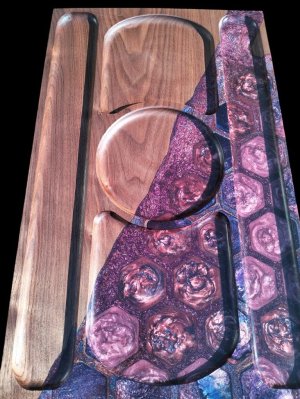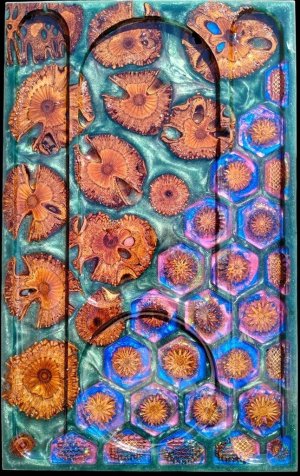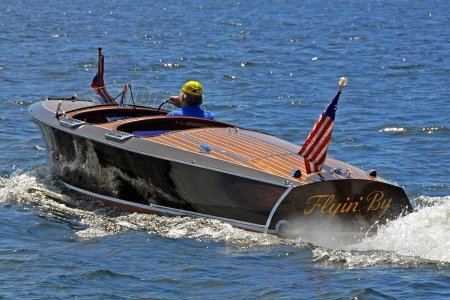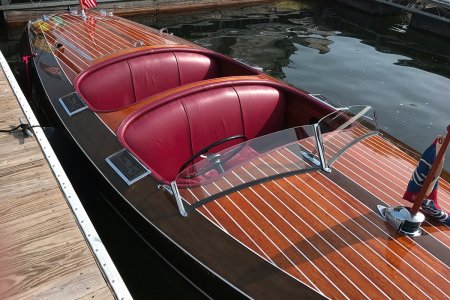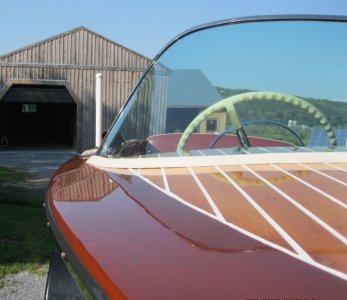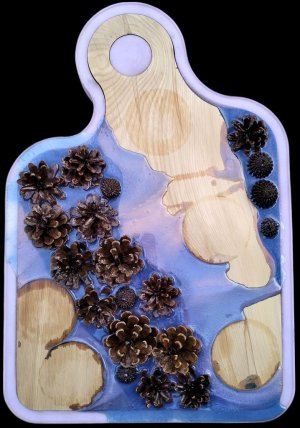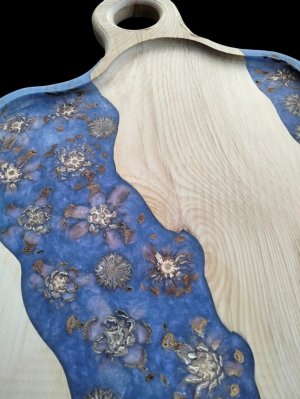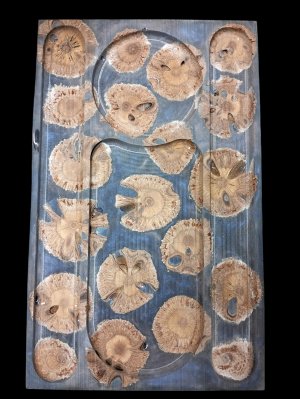If you're talking the RS2E, that is an absolute beast of a sander with heaps of grunt and can reduce a tree to dust in short order, yet it's extremely capable as a fine finish sander for projects.
And due to the 1/2 sheet pad, it's fantastic for large flat work on panels, doors, etc.
The LS130 I love, it's a very niche machine that's superb for sanding any profile, as well as lining boards, panels inset in doors, etc, etc. It's such an amazing sander. I do a lot of sanding in machined pockets on my charcuterie boards which takes me a tremendous amount of time, and have lately been using Mirka's micro sanders which have been a godsend and save me an inordinate amount of time. But I'm going to machine one of my spare bases for the LS130 so I can do the long pockets running down either side of the boards.
I can't even begin to imagine how much effort and time this will save me. If you ever get the opportunity to buy either sander, I couldn't recommend them high enough. I might add the RS2E was the very first good quality sander I ever bought many decades ago, and in 40 years or so the only issue is I had to have the electronic controller replaced when it blew one day, that was some 25 years ago. I still use it to this day with no issues.

